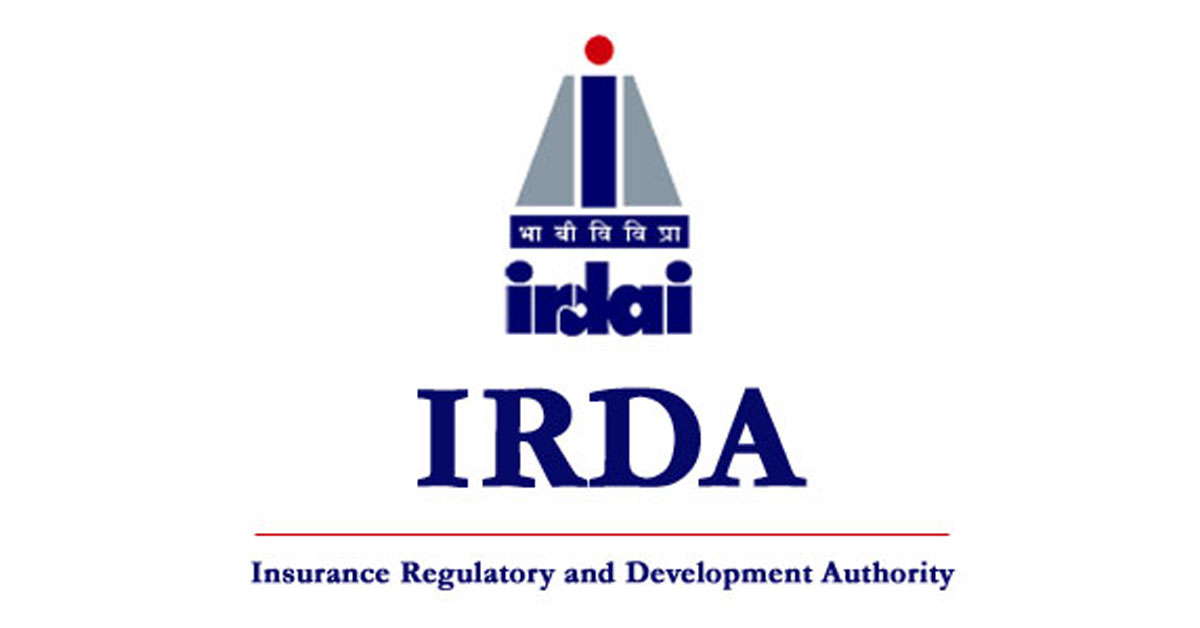Navigating health insurance policies can often feel like deciphering a complex code. Understanding the common terms and definitions used in health insurance is crucial for making informed decisions about your coverage.

Let's break down some of the most frequently used terms in the Indian health insurance landscape.
Premium
- Definition: The amount you pay to the insurance company regularly (monthly, quarterly, or annually) to keep your policy active. Key Point: Premiums can vary based on factors like age, health condition, and coverage amount.
Sum Insured
- Definition: The maximum amount an insurance company will pay for claims during a policy year. Key Point: Choose a sum insured that adequately covers potential medical expenses in your city.
Claim
- Definition: A formal request to the insurance company to pay for expenses covered under your policy. Key Point: Claims can be cashless (at network hospitals) or reimbursement-based.
Cashless Facility
- Definition: A service where the insurance company directly settles the hospital bill, and you don't have to pay upfront. Key Point: Available only at network hospitals affiliated with your insurer.
Network Hospitals
- Definition: Healthcare providers that have tie-ups with your insurance company for cashless treatment. Key Point: Check your insurer's list of network hospitals in your area.
Pre-existing Disease (PED)
- Definition: Any condition, ailment, or injury that exists before you purchase the health insurance policy. Key Point: Most policies have a waiting period before covering pre-existing diseases.
Waiting Period
- Definition: The initial period during which certain conditions or treatments are not covered by the policy. Key Point: Typically includes initial waiting period, PED waiting period, and specific disease waiting period.
Co-payment
- Definition: A percentage of the claim amount that you agree to pay out of pocket. Key Point: Policies with co-payment often have lower premiums.
Deductible
- Definition: A fixed amount you need to pay before the insurance coverage kicks in. Key Point: Opting for a higher deductible can lower your premium.
Day Care Procedures
- Definition: Medical treatments and surgeries that require less than 24 hours of hospitalisation. Key Point: Modern policies cover many day care procedures, like cataract surgery or dialysis.
Room Rent Limit
- Definition: The maximum daily room charges covered by your policy. Key Point: Exceeding this limit can lead to proportionate deductions in the overall claim.
No Claim Bonus (NCB)
- Definition: A reward for not making any claims during a policy year, usually in the form of increased sum insured. Key Point: NCB can significantly enhance your coverage over time without extra cost.
Exclusions
- Definition: Specific conditions, treatments, or situations not covered by your health insurance policy. Key Point: Always review the exclusions section carefully when buying a policy.
Grace Period
- Definition: Additional time provided to pay your premium after the due date, during which the policy remains active. Key Point: Claims made during the grace period are usually not honored until the premium is paid.
TPA (Third Party Administrator)
- Definition: An intermediary between the insurance company and the policyholder, handling claims processing. Key Point: TPAs facilitate cashless treatments and claim settlements.
Cumulative Bonus
- Definition: Similar to NCB, it's an increase in sum insured for each claim-free year. Key Point: Can significantly boost your coverage over time.
Portability
- Definition: The ability to transfer your existing health insurance policy from one insurer to another without losing benefits. Key Point: Useful if you're unsatisfied with your current insurer's services.
AYUSH Coverage
- Definition: Coverage for alternative treatments like Ayurveda, Yoga, Unani, Siddha, and Homeopathy. Key Point: Increasingly common in modern health insurance policies in India.
Sub-limit
- Definition: A cap on how much the insurer will pay for specific treatments or conditions. Key Point: Can significantly affect out-of-pocket expenses if not considered carefully.
Restoration Benefit
- Definition: A feature that restores your sum insured if it's exhausted during the policy year. Key Point: Provides additional protection in case of multiple hospitalizations.
Conclusion
Understanding these common health insurance terms is essential for making the most of your policy. It helps you:
- Choose the right policy for your needs
- Understand what is and isn't covered
- Navigate the claims process more effectively
- Avoid surprises during medical emergencies
Let's dive deeper into a few key concepts:
Sum Insured and Room Rent Limit
- Practical Scenario: Suppose you have a policy with a sum insured of ₹5 lakhs and a room rent limit of ₹5,000 per day. You're hospitalised for 5 days in a room costing ₹8,000 per day.
How it applies:
The excess room rent (₹3,000 per day) will be borne by you.
Moreover, other expenses like doctor's fees and medicines might be proportionately reduced. If the room rent is 60% over the limit, the insurer might pay only 62.5% of other expenses.
- Lesson: Always choose a sum insured and room rent limit that aligns with hospitals in your area.
Waiting Period and Pre-existing Diseases
- Practical Scenario: You buy a health insurance policy today. You've had diabetes for the past 2 years, which you disclosed when purchasing the policy. The policy has a 4-year waiting period for pre-existing diseases.
How it applies:
Any hospitalisation or treatment related to diabetes complications won't be covered for the first 4 years of your policy. However, if you're hospitalised for an unrelated condition, like a fracture, it would be covered (subject to other policy terms). Lesson: Plan ahead and buy insurance early to serve waiting periods while you're still healthy.
Cashless Facility and Network Hospitals
- Practical Scenario: You have a medical emergency and are rushed to the nearest hospital. It's not in your insurer's network.
How it applies:
You'll have to pay the hospital bills upfront and then file for reimbursement with your insurer.
This process can take time and requires you to submit various documents.
If it was a network hospitals, the insurer would have settled the bill directly with the hospital.
- Lesson: Familiarise yourself with nearby network hospitals for emergencies. For planned procedures, always opt for network hospitals when possible.
Co-payment and Deductible
- Practical Scenario: Your policy has a 10% co-payment clause and a ₹10,000 deductible. You file a claim for ₹1 lakh.
How it applies:
First, you pay the deductible of ₹10,000.
Of the remaining ₹90,000, you pay 10% (₹9,000) as co-payment.
The insurer pays the rest: ₹81,000.
Your total out-of-pocket expense: ₹19,000.
- Lesson: Consider these factors when comparing policy premiums. Lower premiums often come with higher co-pays or deductibles.
No Claim Bonus (NCB) and Restoration Benefit
- Practical Scenario: You have a ₹5 lakh policy with 50% NCB accumulated over years (so total cover is ₹7.5 lakhs). Your policy also has a restoration benefit. You're hospitalised twice in a year, with bills of ₹6 lakhs and ₹3 lakhs respectively.
How it applies:
First claim: Fully covered by your enhanced sum insured of ₹7.5 lakhs.
Second claim: Covered by the restoration benefit, which reinstates your original sum insured of ₹5 lakhs.
However, you lose your NCB for the next year.
- Lesson: NCB can significantly enhance your coverage over time. Restoration benefit provides an additional safety net for multiple hospitalizations.
Portability and AYUSH Coverage
- Practical Scenario: You've had a policy with Insurer A for 5 years, serving all waiting periods. You're unsatisfied with their service and want to switch to Insurer B, who also offers AYUSH coverage.
How it applies:
Through portability, you can switch to Insurer B without losing credit for waiting periods served.
With your new policy, you can now claim for AYUSH treatments, which weren't covered before.
- Lesson: Portability allows you to switch insurers without losing benefits. Consider comprehensive coverage options like AYUSH when choosing a new policy.
Understanding these terms in practical contexts helps you make better decisions about your health insurance and use your policy more effectively. Remember, every policy is unique, so always read your policy document carefully and consult with your insurer or a financial advisor for personalised advice.
Remember, when in doubt, always ask your insurance provider or agent for clarification. Being well-informed about your health insurance policy ensures that you can focus on your health and recovery, rather than worrying about medical expenses and policy terms during emergencies.
Stay health-aware and insurance-smart!







